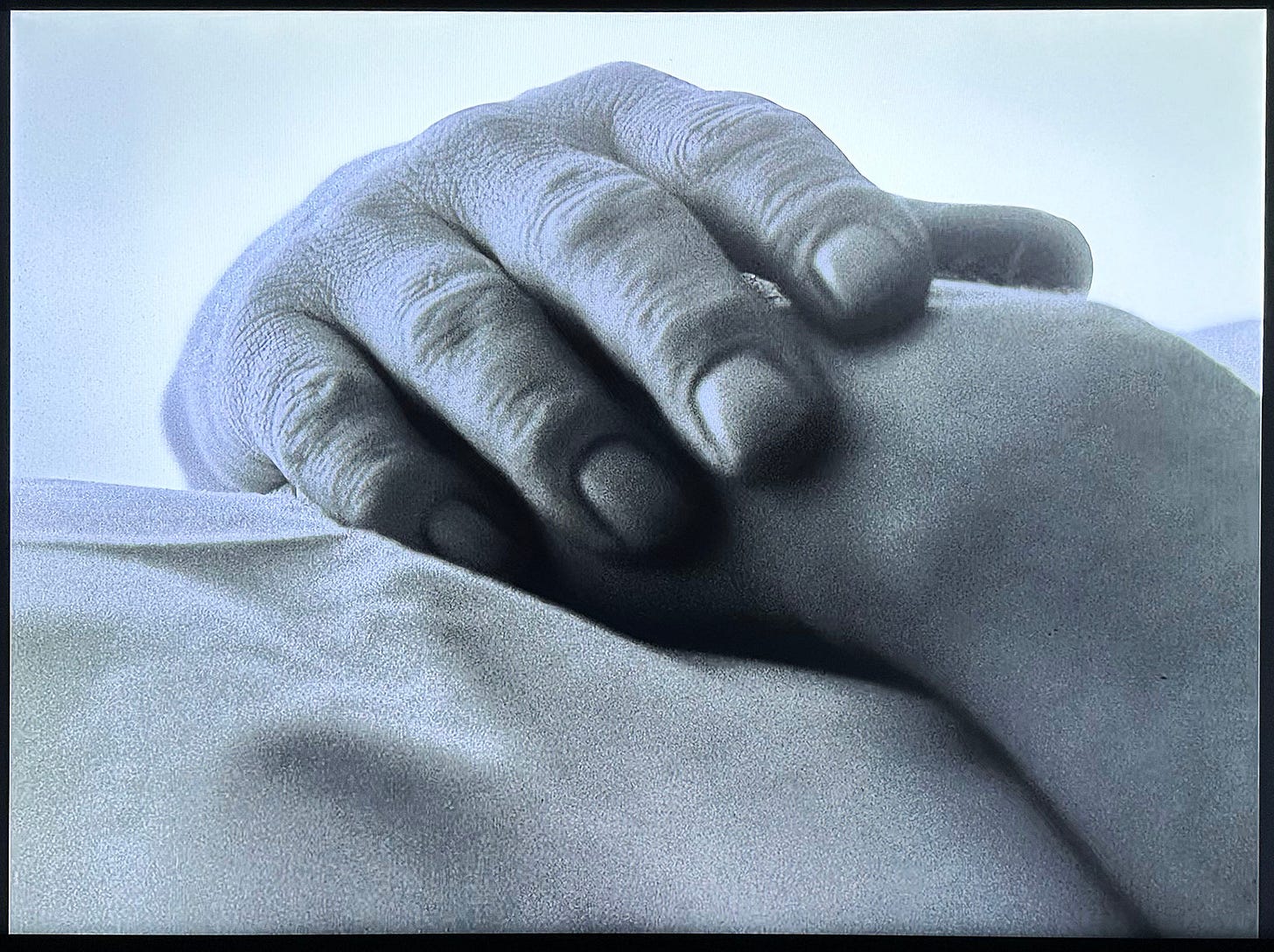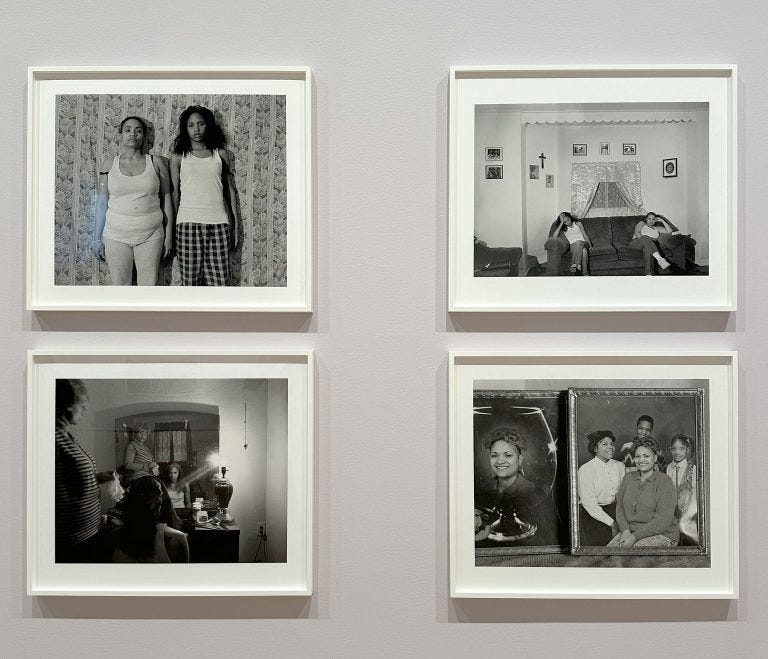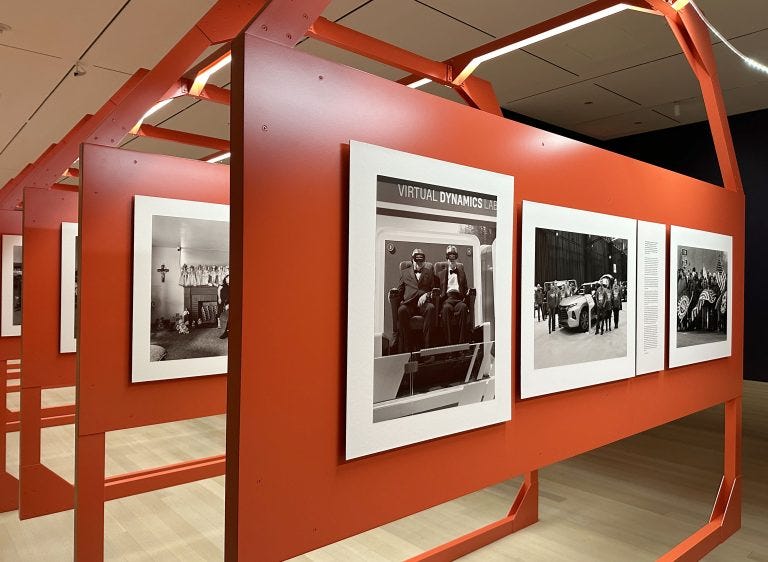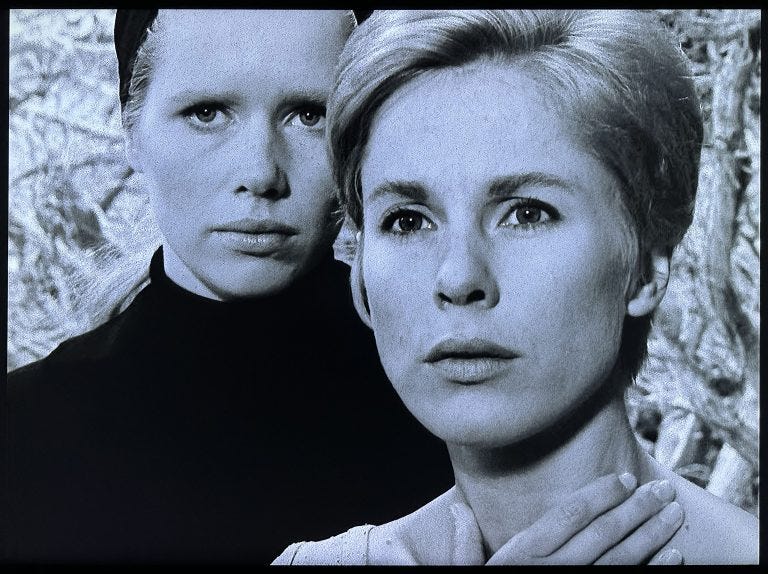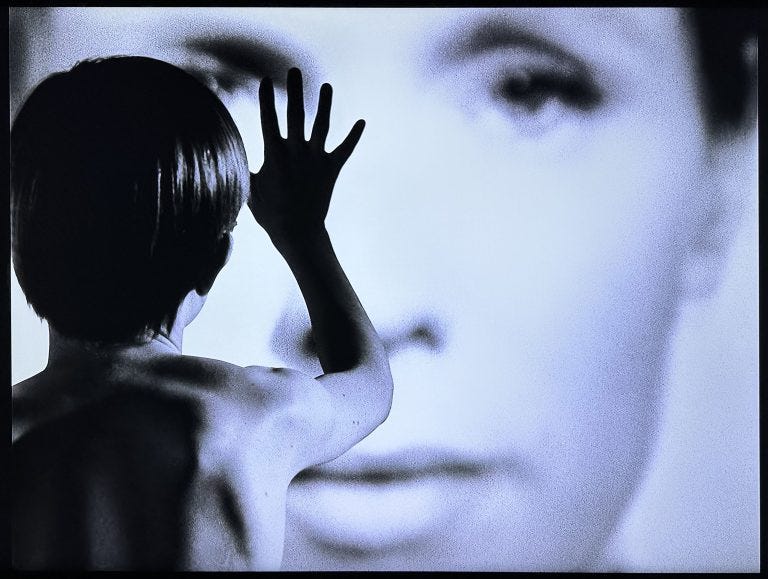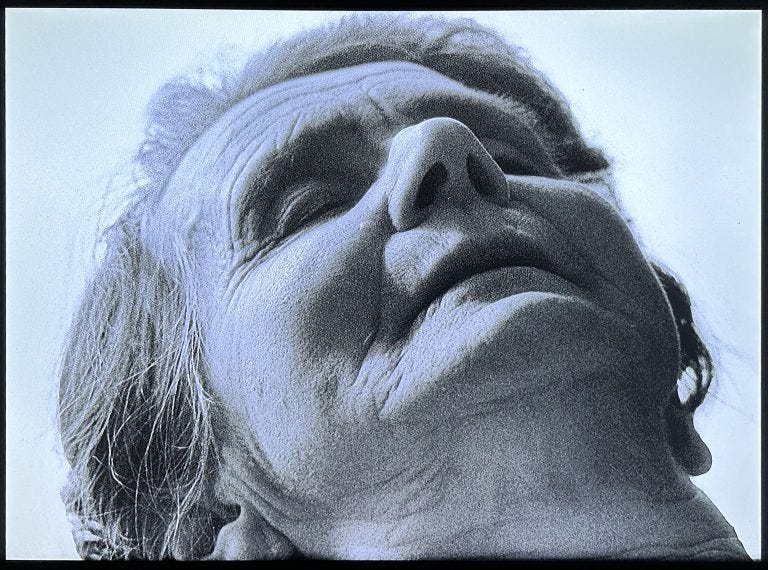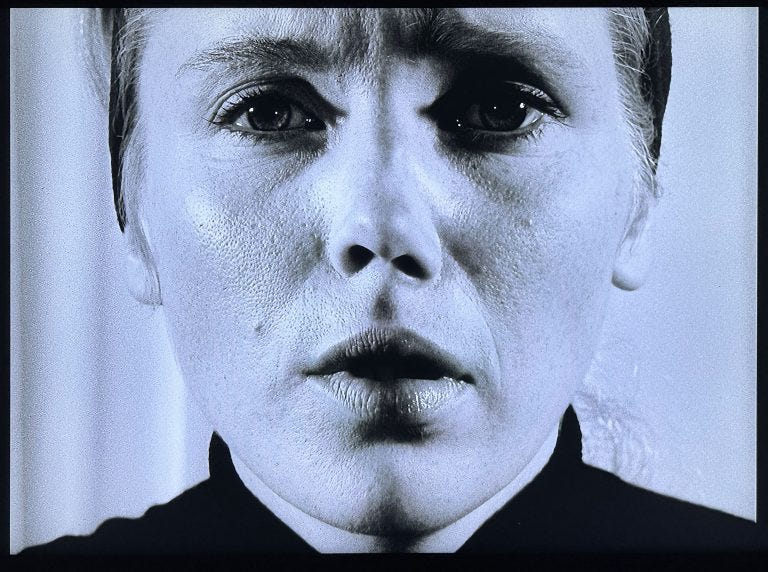This week on the website- faces, hands, identity, and work- not always in that order.
The song for this week’s Music Monday was Dog Days from Dehd’s 2024 album Poetry.
The week started off with sculptures by Jaume Plensa- a pair in Palm Desert and one in Tampa. They are made of different materials, and two of them are of the same girl- Laura.
Why multiple Lauras? The information below comes from Buffalo AKG Art Museum (who also have a version of Laura (in marble) on view) and gives some insight into why he recreates this face so often-
In the artist’s own words, “Laura is the portrait of a fourteen-year-old Mediterranean girl from Barcelona. Her eyes close in a dream-state position emphasizing the interior path, our world of dreams and ideas. The elongation of the head transforms the physical aspects of the portrait into a spiritual flame. I chose this girl for her classic kind of beauty. A timeless beauty.”
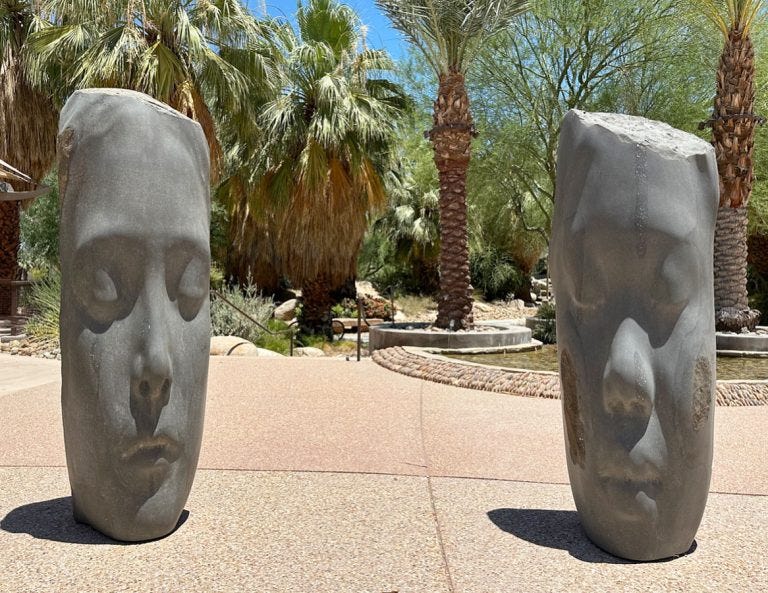
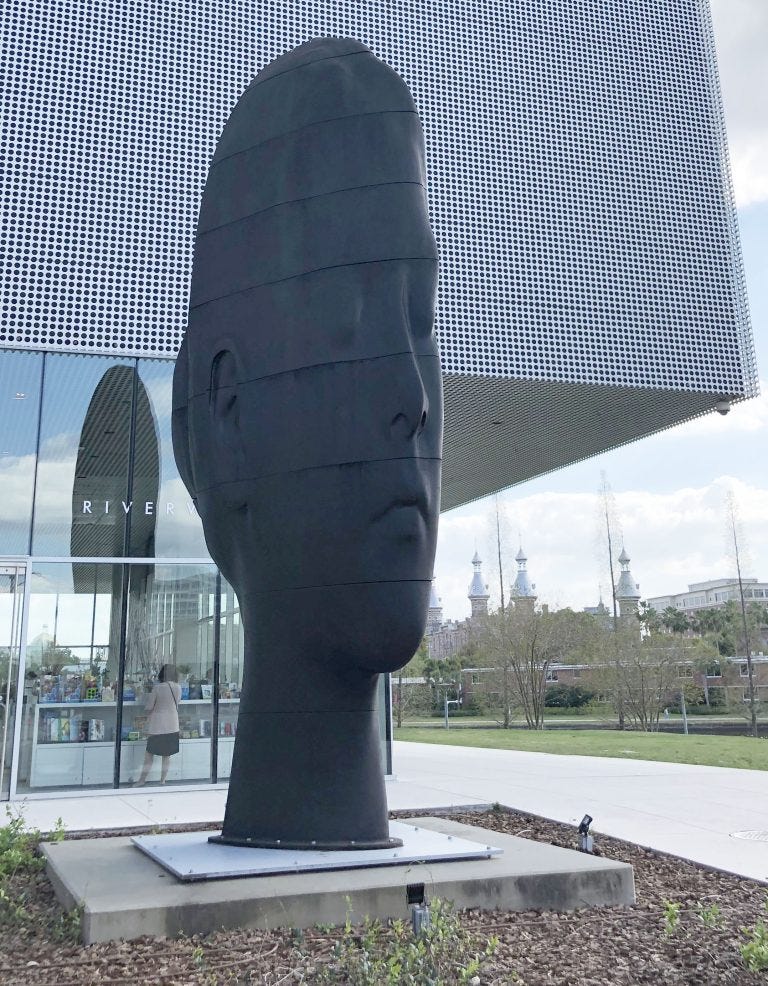
On view at the Museum of Modern Art in New York is LaToya Ruby Frazier: Monuments of Solidarity. The exhibition presents several bodies of her work including multiple portraits of herself and family, and her extensive work documenting workers from several communities.
From the museum-
Over more than two decades, artist-activist LaToya Ruby Frazier (born 1982) has served as a link between the art world and working-class communities, fostering a progressive mode of solidarity. Using photography, moving images, writing, oral history, performance, and direct actions, Frazier revives and preserves unsung histories of labor, gender, and race in the postindustrial-era United States. By reframing narratives of workers' movements through a Black feminist lens, she promotes recognition of the substantive role that women and people of color have played in labor history across generations.
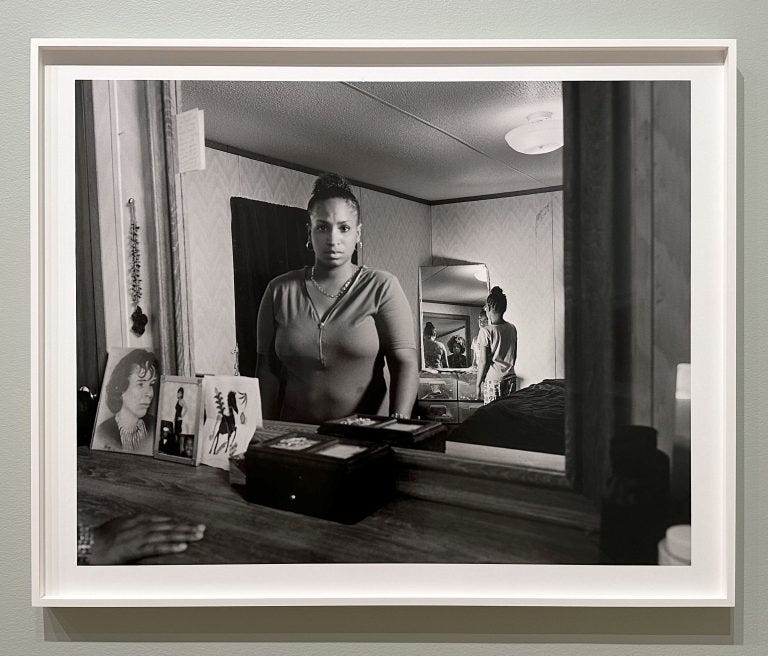
Pictured above is work from The Last Cruze series.
From the museum-
“A monument to the working-class people in this country,” as Frazier has characterized it, The Last Cruze was created in solidarity with the United Auto Workers Locals 1112 and 1714 in Lordstown, Ohio. In 2018 General Motors decided to cease North American production of the Chevrolet Cruze, leading to the “unallocation” and shuttering of the Lordstown assembly plant. Collaborating with Locals 1112 and 1714 members, Frazier made photographs that documented union-led efforts to prevent the closure.
Here more than sixty portraits of white, Black, and Latinx workers as well as images of factory labor are paired with printed excerpts from interviews Frazier conducted. These photographs and texts are displayed on a massive cadmium-red structure that resembles both an assembly line and cathedral buttressing. Framed by walls painted in two blue hues to match General Motors’ logo colors, a film featuring photographs by autoworker and photographer Kasey King follows the very last Cruze coming off the assembly line and the employees whose livelihoods depended on the plant.
The show also includes large portraits of the hands of two women who worked for General Motors at this plant, along with their descriptions of their experience there.

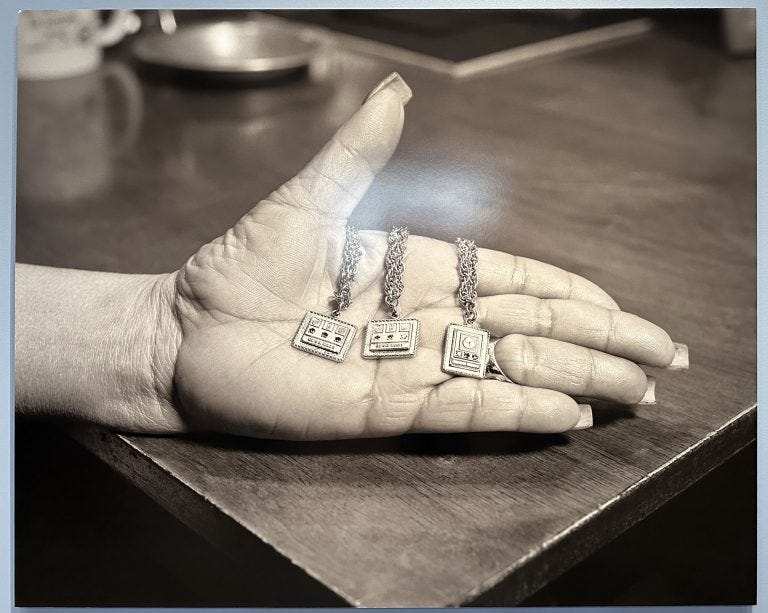
The focus on workers hands reminded me of the painting below by David Alfaro Siqueiros, Our Present Image, 1947- part of the Whitney Museum’s exhibition Vida Americana: Mexican Muralists Remake American Art, 1925–1945 that ran from February 2020 through January 2021.
From the museum about this work and the importance of hands-
In this painting, which demonstrates how Siqueiros would continue to develop the techniques he pioneered at the Experimental Workshop long after he left New York, the artist has replaced the face of a man with an oval stone to signify not one specific race or nationality but all of humanity. Rejecting the fixed perspective of more traditional painting, Siqueiros employed multiple viewpoints that cause viewers moving through space to experience the figure in motion. Although the exact meaning of the figure’s foreshortened arms and outstretched hands is ambiguous, Siqueiros was a dedicated Communist who believed in the ultimate triumph of the proletariat. Hands, for him, symbolized the heroic strength of the worker. The people, as he wrote in another context, march from “a distant past of misery and oppression… toward industrialization, emancipation, and progress.
German artist Case Maclaim often uses hands as the focus in his murals- like the one below from 2016’s Top to Bottom project, organized by Arts Org NYC. It is one of several covering a building in Long Island City
In Ingmar Bergman’s 1966 film Persona, hands are used as a symbol of identity. In one scene the two main characters compare hands while one mentions that it is bad luck to do so.
Persona explores the relationship between an actress who has become mute, played by Liv Ullman, and the nurse who is in charge of her care played by Bibi Andersson. The pair travel to a cottage on the beach where their personalities begin to conflict and blend.
The unsettling film contains several experimental elements, and includes images that are outside of the main narrative- like the hands at the top of the post and the images below, among many others. While providing more questions than answers, they hint at some of the issues Bergman is investigating.
Hands and faces can reflect an individual’s uniqueness as well as their similarities with another. When Bergman merges the actresses faces together, it is shocking to see how much they are alike.
The film also explores female relationships, motherhood, and even the meaning, or lack thereof, of life itself.
In one scene Alma reads the following out loud from a book to the silent Elisabet-
"All the anxiety we bear with us, all our thwarted dreams, the incomprehensible cruelty, our fear of extinction, the painful insight into our earthly condition, have slowly eroded our hope of an other-wordly salvation. The howl of our faith and doubt against the darkness and silence, is one of the most awful proofs of our abandonment and our terrified, unuttered knowledge."
When she then asks “Do you think it's like that?”, she hopes for Elisabet’s answer. But there is only silence.
A nation can also struggle with identity. The combination of faces in Bergman’s film reminded me of the self portrait taken in 1964 by Richard Avedon, in which he used a mask of writer James Baldwin’s face to cover half of his own. It was taken while they worked together on Nothing Personal, a book examining American identity. They had been friends in high school, worked on the school’s literary magazine together, but then fell out of touch- reconnecting years later for this project.
About Nothing Personal from Baldwin-
“This book,” Baldwin said at the time, “examines some national and contemporary phenomenon in an attempt to discover why we live the way we do. We are afflicted by ignorance of our natures vaster and more dangerous than our ignorance of life on Mars.”
Finally, the Museum of Modern Art’s website includes a playlist of songs about work selected by LaToya Ruby Frazier to accompany her exhibition. While thinking about work, and America, the song below was one of the first to come to mind- Meat Wave’s Honest Living from their 2022 album, Malign Hex.
Until next week, if you are in America, hopefully you’ll be enjoying an extra day off from work for Labor Day and celebrating the remaining days of summer!




